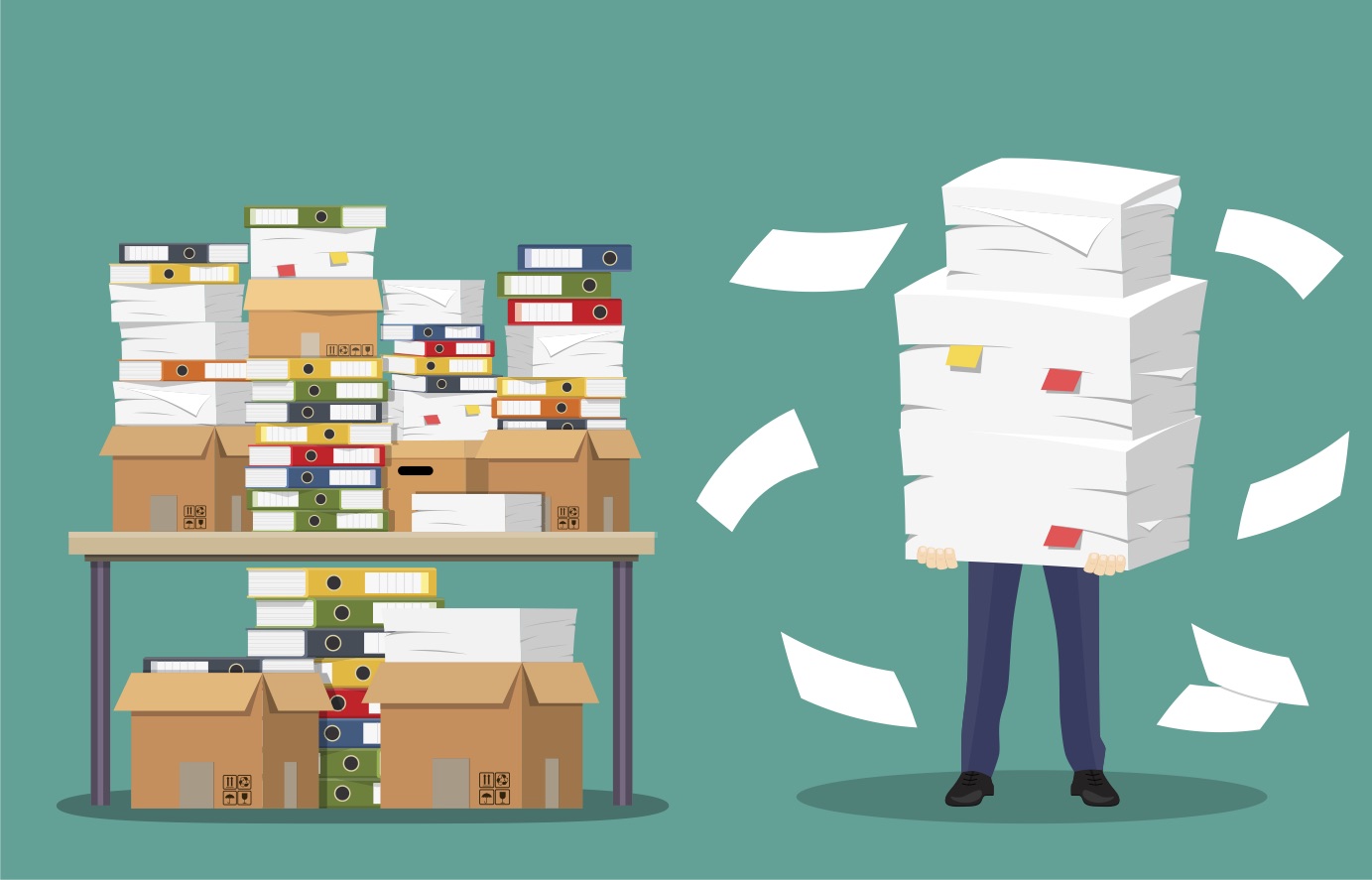DOCUMENT THIS. And this. And this, too.
February 5, 2020
As a consultant with AVP, I work with many different types of organizations to help them assess and optimize their digital preservation programs. I have the opportunity to really dig into the inner workings of these digital preservation environments. I’ve found that it is very common for institutions to have very little documentation relating to their digital preservation programs. Sure, you know what you’re doing, but there are so many other reasons to create documentation!
To make it clear: documenting your digital preservation program is really, really important. We all need to care more about documenting decisions we’ve made, agreements for how the digital preservation program should be run and resourced, and simply how we do our work every day. So, I’ve created a top-ten list of the reasons to make time in your day for documentation — i.e. policies, procedures, and workflows. The list comes out of a culmination of nearly four years of consulting with organizations of varying sizes and types, and is in no particular order (except for the last point, and you’ll see why):

- So your administrators understand what you are doing and why. Aren’t you sick of explaining what you do to the same people over and over again? Try putting it on paper, hand that paper to them, and ask them to sign and approve, for example, a digital preservation policy. (NOTE: Paper may not be necessary to achieve this.)
- So you can get administrative buy-in for more resources, staff, and technology. We know you don’t have the resources you need — we hear that a lot. But, you need to prove it to the decision-makers! Make a list of what you have, how it is stored, what technology you need to support it, and who is required to maintain all of it. I suggest using spreadsheets to calculate collection growth over time and then directly relate how that affects needs for ????????, ????, and $. Briefly write up your findings (administrators often like bullet points) and hand it over.
- So your colleagues in other departments understand what and why you do what you do. Recognize that if your colleagues don’t understand what you do, it’ll be harder to gain their support when you need it. Even worse, they may question why you need all the resources you are getting. I mean, isn’t digital preservation just putting stuff in storage? Also, see #10.
- So you and your digital preservation colleagues know how to perform tasks and so that they are done the same way every time. Think about it — you spend each day collecting, organizing, managing, and all the other things you do to maintain your collections — but, how do you know you are performing your work correctly every time if you don’t document all those activities? And, how do you measure whether your colleagues are doing their work consistently? Is your memory really that good? I know mine isn’t . . . Also, see #4.
- So if you leave your job, others know what you did and can continue this work. Don’t wait until the week before you move on to that dream job in New Zealand to try to document what you do. Spend a few minutes every day making sure the activities you are performing to maintain your collections are documented and/or the documentation is up to date. I mean, you know how it feels to come to a new job where the previous person didn’t document their work. Do you really want to be THAT person?? Make this work fun — draw some workflows, add some pictures, set up a meeting with the folks who need to know to review what you’ve done (bring doughnuts).
- Digital preservation is forever and needs to be auditable. Without documentation, that becomes impossible, which could invalidate your data.
You may be the first person at your institution to perform digital preservation work, but if you do your job well, there will be many, many people who will follow you on this “forever” journey. Imagine twenty years from now. If you’ve implemented processes that have been documented, such as tracking attendance and integrity (aka fixity), and other actions taken on your files, your successors will have a valid, documented history (aka audit trail) of the activities performed on them. And that will make everyone sleep just a little bit better.
- So YOU remember what decisions you made about how to perform work. I can’t remember what I watched on TV last night, let alone what I decided about a particular project two weeks ago. Are you the same? Or, do you have hyperthymesia? I’m guessing not, but even if you do, please just write your decisions down for the rest of us who don’t have superhuman memory skills. Also, see #7.
- So everyone knows what the roles and responsibilities are, avoiding problems stemming from ambiguity around who is responsible for what. Ambiguity leads people to make assumptions, and, well, we all know what that leads to.
- So you don’t overlook important steps in your workflows. The cookie recipe calls for room-temperature butter, not melted butter. When we don’t follow the recipe, disaster strikes. Luckily, it’s just cookies. But, what happens if you forget a step in your digital preservation workflow, like documenting where those 500 images of the Provost are that MUST BE SAVED FOR POSTERITY BUT ALSO COULD WE LOOK AT THEM RIGHT NOW? Also, see #4.
- Because lots (Most? All?) of the digital preservation standards, guidelines, and best practices (e.g., ISO 16363, DPC Rapid Assessment Model, NDSA Levels of Digital Preservation, CoreTrustSeal, and nestor) require documentation for all the reasons I’ve stated!! Any digital preservation assessment (developed by our digital preservation peers) will be unsuccessful if you haven’t spent time documenting your program’s policies, procedures, and workflows.